During the years of 1940 to 1945, Oslo and Norway endured a tumultuous chapter often overshadowed by larger events of World War II. Under Nazi occupation, the daily lives of Norwegians transformed dramatically, as they faced curfews, food shortages, and pervasive censorship. Yet, amidst this oppression, a resilient spirit emerged, fueled by acts of defiance and the courage of resistance movements. This complex blend of hardship and heroism raises intriguing questions about identity, memory, and the lasting impact of those years. What lessons do these stories hold for modern Norway and beyond?
Good To Know
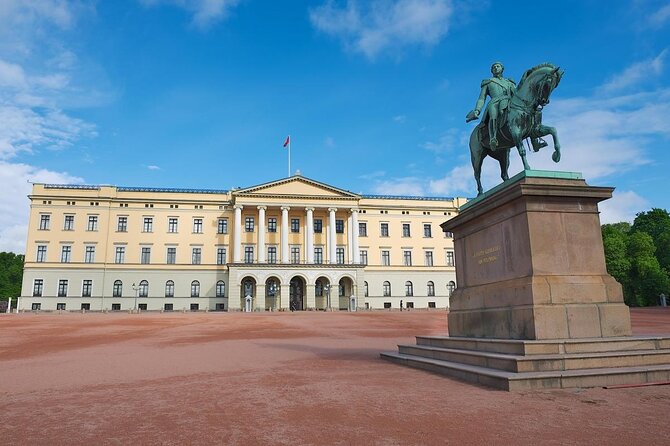
- Norway faced a brutal Nazi occupation from 1940 to 1945, which severely impacted its national identity and daily life.
- Resistance movements, including Milorg, united citizens against oppression through sabotage and civil disobedience, exemplifying the Norwegian spirit.
- Significant historical sites in Oslo, like Akershus Castle and the University of Oslo, played crucial roles in the resistance efforts.
- Personal stories from the occupation highlight bravery, such as citizens hiding Jewish families and conducting underground classes to foster resistance.
- Commemorative events and memorials, like the Norwegian Resistance Museum, honor the sacrifices made during the occupation and educate future generations.
Overview of Norway’s Occupation
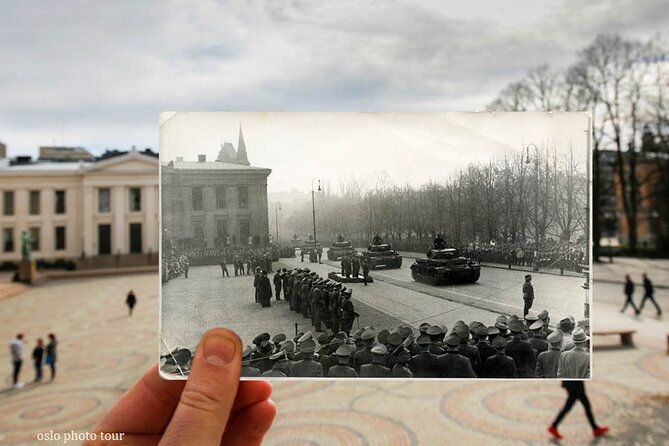
During the years of Nazi occupation from 1940 to 1945, Norway faced significant challenges and transformations that shaped its national identity and resilience. The German forces swiftly invaded, aiming to control Norway’s strategic resources and coastline.
This occupation brought harsh realities, including curfews, censorship, and the suppression of dissent. Norwegians resisted through various means, from underground movements to acts of civil disobedience, showcasing their tenacity.
The occupation also spurred a sense of unity among the populace, as many rallied around the idea of freedom. While the scars of war ran deep, Norway emerged from this dark period with a renewed commitment to democracy and human rights, ultimately influencing its post-war recovery and identity on the global stage.
You can also read our reviews of more tours and experiences in Oslo.
Key Historical Sites in Oslo
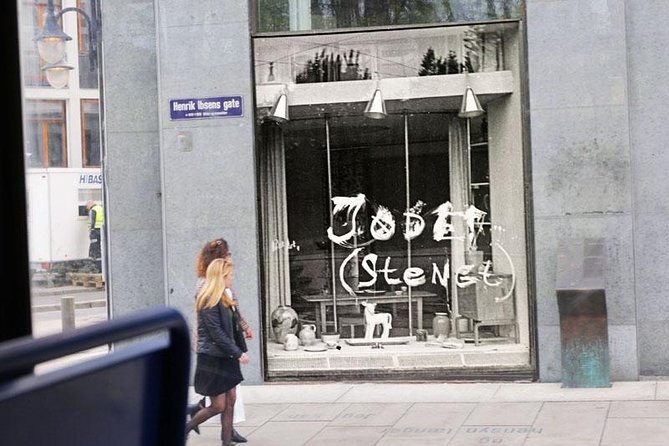
Oslo is home to several key historical sites that vividly illustrate the city’s experience during the Nazi occupation and its enduring legacy. Visitors can explore significant locations like the Royal Palace, Akershus Castle, and the remnants of wartime structures. Each site tells a unique story, enriching the understanding of Oslo’s past.
| Historical Site | Significance |
|---|---|
| Royal Palace | The royal family was forced into exile. |
| Akershus Castle | A fortress used by the Nazis during occupation. |
| University of Oslo | Site of student resistance and protests. |
| Oslo City Hall | Venue for post-war reconciliation efforts. |
| Nobel Peace Center | Celebrates peace efforts, inspired by wartime lessons. |
These historical sites serve as powerful reminders of resilience and the struggle for freedom.
The Role of Resistance Movements
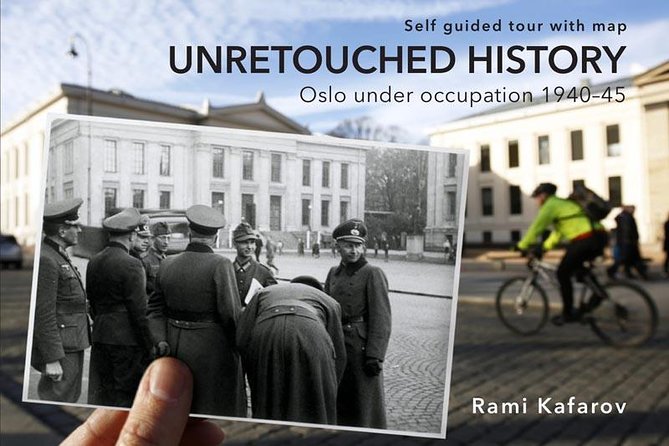
Resistance movements played a crucial role in Norway’s fight against Nazi occupation, uniting citizens in their quest for freedom and justice. These groups, including the Milorg and the Communist-led Red Army, organized sabotage missions, gathered intelligence, and helped allied forces.
Ordinary Norwegians participated by hiding Jewish families, distributing underground newspapers, and conducting acts of defiance, all of which fueled a growing spirit of solidarity. The resistance not only disrupted German operations but also inspired hope among the populace.
Their efforts culminated in significant actions like the attack on the heavy water plant, which hindered Nazi nuclear ambitions. Through courage and determination, these movements forged a path toward liberation, highlighting the indomitable Norwegian spirit during one of the darkest times in history.
Personal Stories From the Era
Many individuals found themselves navigating the complexities of daily life under Nazi occupation, each with their own unique stories of courage, loss, and resilience. Among these tales were moments that defined a generation:
A mother secretly baked bread for neighbors, risking her life for their survival.
A young boy delivered newspapers, whispering news of resistance efforts to those in the know.
A local teacher held clandestine classes, nurturing a spirit of defiance in her students.
An elderly man hid a Jewish family in his attic, embodying the true meaning of bravery.
These personal stories, woven together, paint a vivid picture of Oslo’s enduring spirit during some of its darkest days. Each act of defiance contributed to a legacy of hope and resilience.
Impact of the Occupation on Society
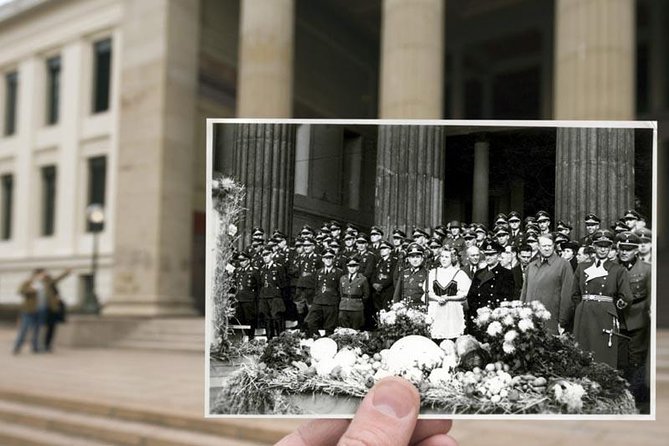
The Nazi occupation profoundly transformed Norwegian society, affecting everything from daily life to cultural practices and community values. People faced food shortages and strict regulations that altered their routines.
Fear permeated daily interactions, leading to a tense atmosphere where trust eroded. Despite the oppressive environment, Norwegians found ways to resist, fostering a spirit of solidarity that strengthened community bonds.
Cultural expressions, such as art and music, became subtle forms of defiance, reflecting the resilience of the human spirit. The occupation also ignited discussions about identity and nationalism, as Norwegians grappled with their place in a world dominated by tyranny.
Ultimately, the impact of this dark period shaped the nation’s post-war recovery and identity in profound ways.
Insights From Local Experts
Local experts provide valuable perspectives on how the Nazi occupation influenced not just Norwegian society, but also the collective memory and historical narrative that continues to shape the nation today. They highlight several key aspects:
-
Resistance Movements: Stories of bravery and defiance that inspired future generations.
-
Cultural Resilience: The arts and literature that emerged during this dark period, reflecting hope and perseverance.
-
Community Impact: How neighborhoods banded together to support one another in the face of oppression.
-
Historical Revisionism: The ongoing dialogue about how to remember and interpret this complex past.
These insights deepen understanding of Norway’s identity, revealing the intricate layers of history that inform current societal values and perspectives.
Commemorative Events and Memorials
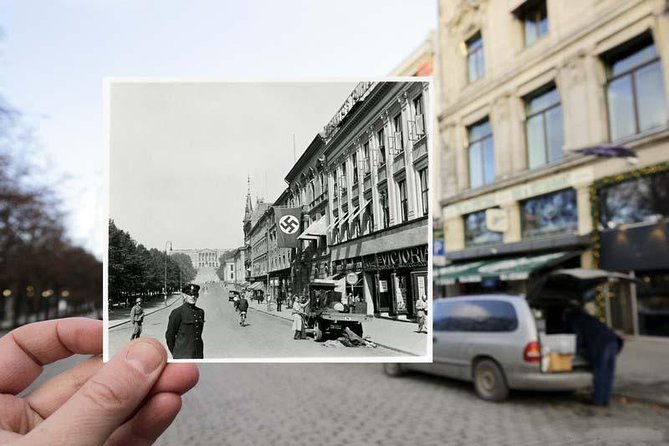
Commemorating the sacrifices made during the Nazi occupation, Norway hosts various events and memorials that honor the resilience of its people and the lessons learned from that tumultuous period.
Annual ceremonies take place on important dates, such as May 8th, marking the end of the occupation. In Oslo, the Norwegian Resistance Museum serves as a poignant reminder of the struggle against tyranny, showcasing personal stories and artifacts.
Plus, monuments like the Memorial to the Resistance Fighters emphasize the bravery of those who fought for freedom.
These commemorative events and memorials not only pay tribute to the past but also inspire future generations to cherish democracy and stand against oppression, ensuring that the sacrifices of the past are never forgotten.
Legacy of WWII in Norway
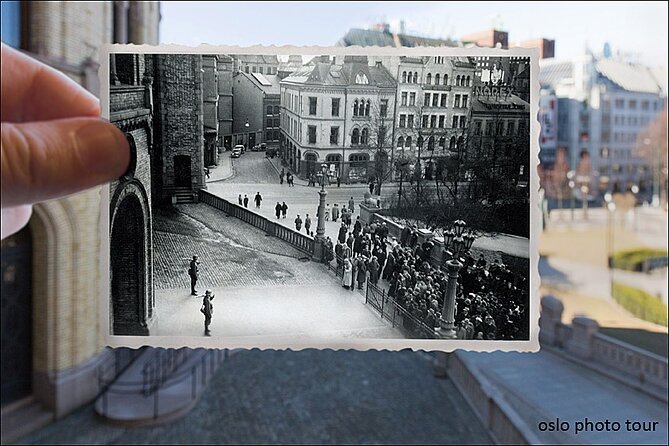
Norway’s experience during WWII left an indelible mark on its national identity and values, shaping how the country approaches issues of freedom and democracy today. The scars of occupation fostered a deep commitment to human rights and collective memory.
This legacy manifests in several ways:
-
Vibrant memorials that honor resistance fighters and victims of the Nazi regime.
-
Educational programs in schools focusing on the importance of democracy and tolerance.
-
A strong welfare state reflecting the collective spirit nurtured during wartime.
-
Active participation in international peacekeeping missions, emphasizing Norway’s role as a mediator.
These elements illustrate how Norway transformed its past struggles into a forward-looking commitment to justice and solidarity.
Frequently Asked Questions
What Are the Main Themes of the Guided Walking Tour?
The guided walking tour highlights themes of resilience, resistance, and the impact of occupation. Participants explore significant historical sites, uncover personal stories, and gain insights into Norway’s pivotal role during World War II.
How Can I Customize My Tour Itinerary?
To customize the tour itinerary, participants can discuss their interests with the guide. They’ll tailor the experience, highlighting specific historical sites and stories that resonate most, ensuring a memorable and personalized journey through Oslo’s rich history.
Is the Tour Suitable for Children and Families?
The tour’s perfect for families, as it’s designed to accommodate all ages. Kids will enjoy the engaging storytelling and historical insights, making it both educational and entertaining for everyone involved.
Are There Any Accessibility Options Available During the Tour?
The tour’s designed with accessibility in mind; it accommodates wheelchairs and strollers, ensuring everyone can enjoy the historical insights. Service animals are welcome, making it a great option for diverse participants.
What Is the Cancellation Policy for the Tour?
The cancellation policy allows participants to cancel for free up to 24 hours before the tour. This flexibility ensures that everyone can adjust their plans without worry, making it a convenient choice for travelers.
Recap
The ‘Unknown War‘ left an indelible mark on Norway’s identity, shaping its values of democracy and resilience.
As Oslo remembers the courage of its citizens and the sacrifices made during the Nazi occupation, it fosters a spirit of unity and vigilance against tyranny.
The stories of defiance, from organized resistance to personal acts of bravery, continue to inspire current and future generations.
Norway’s commitment to honoring its past ensures that the lessons learned during this tumultuous time never fade away.
More Tour Reviews in Oslo
Not for you? Here's more nearby things to do in Oslo we have reviewed
- Oslo: The Magical Norwegian Woods Tour
- Oslo Forest: Mystery Nocturne Walk with Headlamps
- Oslo: Private Walking Tour _City Highlights & Hidden Gems
- Oslo Old Town Highlights Private Walking Tour
- Oslo: The Cube Box Challenge Escape Game
- Oslo: Stand-Up Paddleboard Rental with Safety Briefing
- Panoramic Peaks Oslos Best Fjord Views Hike
- Oslo: Malmøya Island Guided Hike with Waffle and Drink
- Oslo Old Town Walking Tour and Fjord Cruise Tickets
- The Grand Oslo Ride: E-bike & Classic Cycling Tour
- Oslo: Kistefos, Hadeland Glassverk, and Stave Church Tour
- Oslo: Guided Walking Tour of Central Oslo
